In the home building industry, fringe benefits add an additional 18% to employees’ compensation on top of payroll, according to NAHB’s analysis of the latest 2022 Economic Census data. The rates vary across residential construction sub-sectors with single-family and multifamily general contractors contributing an average of 20% on top of payroll. Fringe benefits in residential remodeling and for-sale building average 19% and 16%, respectively.
Total fringe benefits consist of legally required and voluntarily provided benefits. The legally required component includes employers’ contribution to Social Security and Medicare, unemployment insurance, worker’s compensation insurance, and state-mandated temporary disability and other state-specific contributions. Since these benefits are mandatory by law, it may seem counter-intuitive to view them as “fringe” benefits. Nevertheless, the Economic Census counts them as “legally required fringe benefits” paid on top of payroll.
In 2022, legally required fringe benefits contributed by single-family general contractors and remodelers amounted to an additional 13% on top of payroll. The average rate for multifamily general contractors and for-sale builders was 10% and 9%, respectively. Averaged across the four subsectors of home building, legally required benefits amounted to just under 12% of payroll.
Voluntarily provided fringe benefits include expenditures paid by employers for life insurance premiums, pension plans, insurance premiums on hospital and medical plans, welfare plans, and union negotiated benefits. Other perks provided by employers, such as paid holidays, vacations, sick pay, bonuses, and jury pay, may seem like valuable “fringe” benefits but are technically counted in payroll.
In 2022, voluntary fringe benefits provided by multifamily general contractors amounted to an additional 10% on top of payroll. In the case of single-family contractors and for-sale builders, these benefits added 7% to compensation. The rate was lower for residential remodelers, where voluntary benefits amounted to 6% of payroll. Averaged across the four sub-sectors of home building, the voluntarily provided benefits approached an added cost of 7% on top of payroll.
In addition to the four residential construction subsectors discussed above, the home building industry also includes land developers and specialty trade contractors (STC). Since the Economic Census does not differentiate between residential and non-residential specialty trade contractors, this combined subsector is not included in the home building chart above. Nevertheless, the latest Economic Census shows that the fringe benefit rates were highest among specialty trade contractors – 28%, equally split between legally required and voluntary.
Among other things, the differences in the fringe benefit rates reflect variations in state-mandated regulations, size and legal form of companies, involvement in federally funded projects, unionization of workers, and employee participation rates in health and pension plans. For example, depending on the legal form of organization, accounting principles are different and can affect the estimated fringe benefit rates. For corporations, payroll includes compensation of executives, but for unincorporated businesses, such as individual proprietorships and partnerships, payroll excludes profit and other compensation of proprietors or partners. In addition, partners and proprietors may not be ineligible for the complete benefits package they offer to employees, also affecting the estimated fringe benefit rates for their businesses.
The data used in this analysis come from the Economic Census available only every five years. The Economic Census, like many other federal statistics programs, collects data only on establishments with payroll employees. In construction, an establishment operates continually at a single physical location but typically manages more than one project or job. A large building company may operate at more than one location but would file a separate report for each location or establishment.
Discover more from Eye On Housing
Subscribe to get the latest posts sent to your email.
This article was originally published by a eyeonhousing.org . Read the Original article here. .
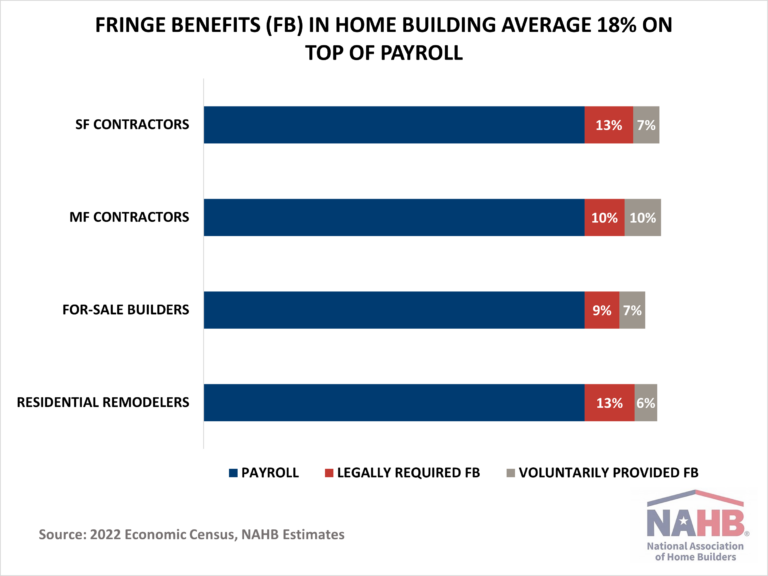
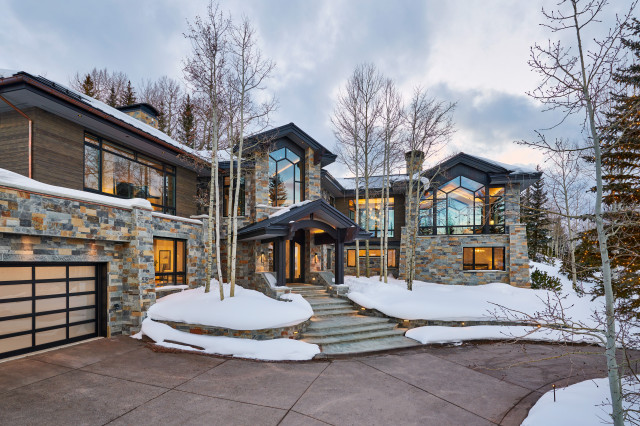
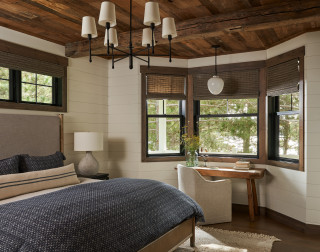
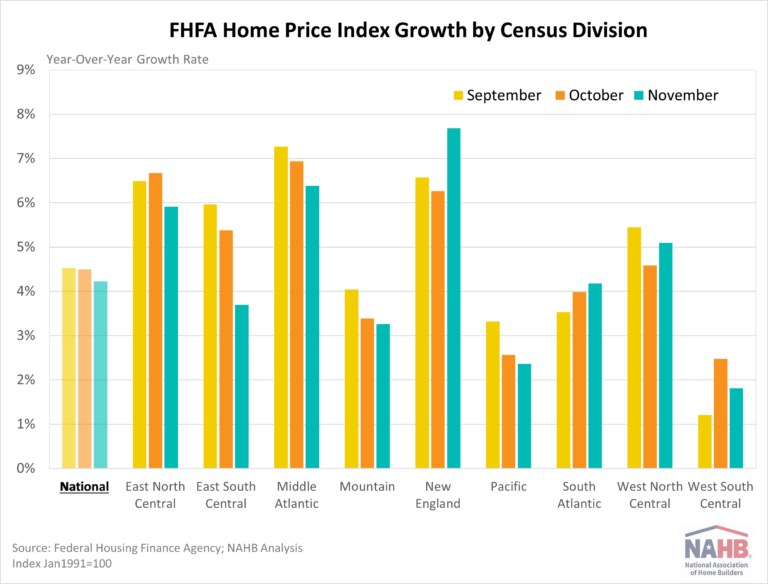
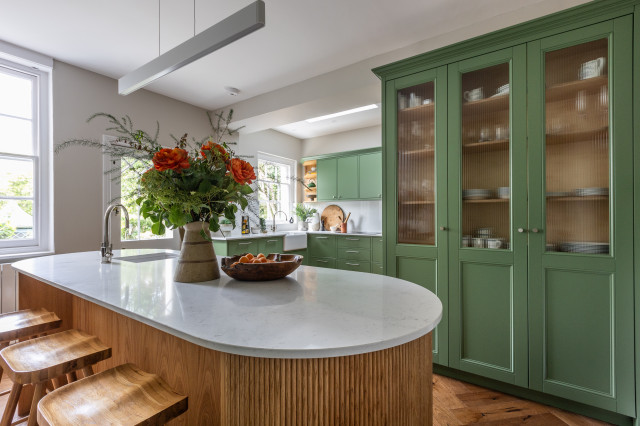
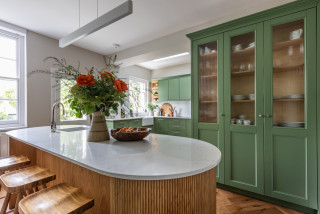

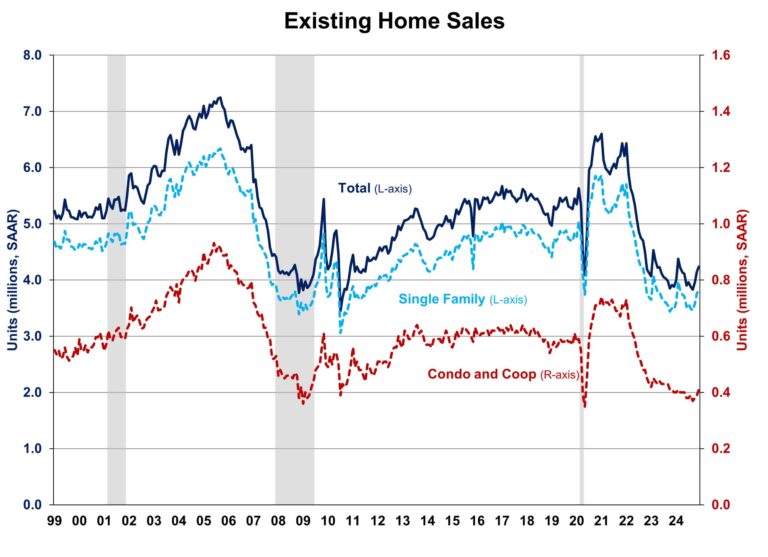
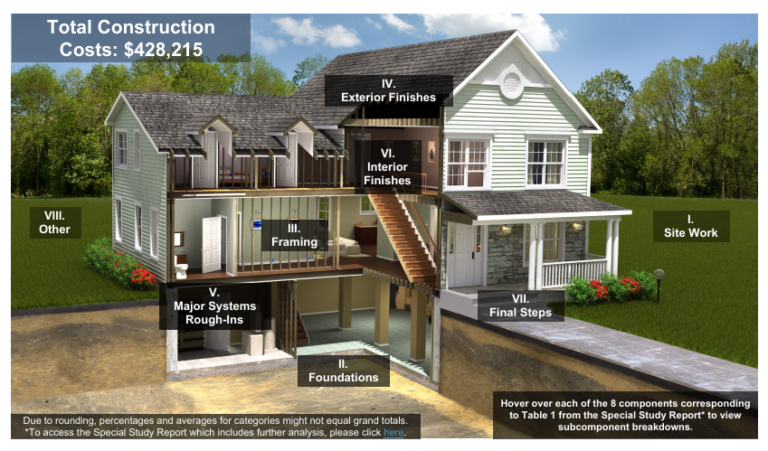

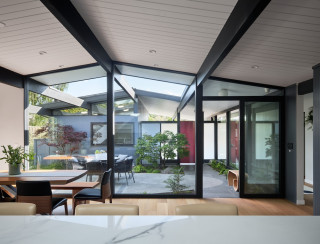
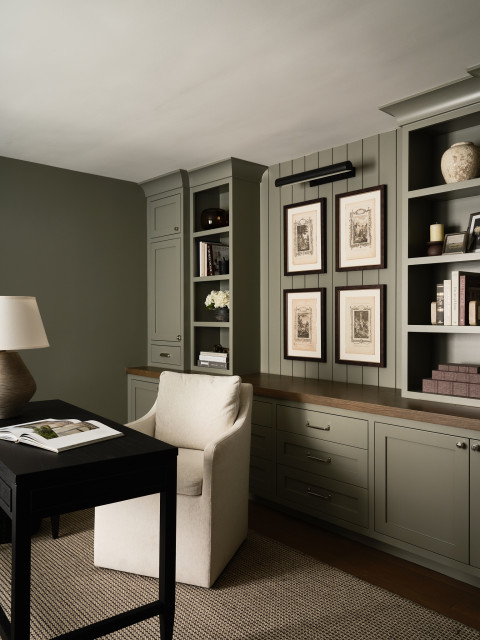

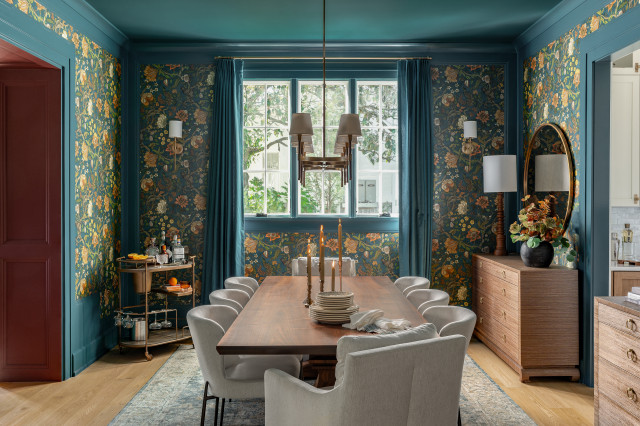


1. Rotate your mattress. Before you put on a fresh set of sheets, take an extra minute to rotate the mattress if you haven’t done so recently. Rotating your mattress every few months will help it wear more evenly and extend its life (and comfort).
2. Pack up a bag of old sheets and towels to donate. If you bought new sheets or towels during January white sales, make some room by letting go of an old set or two. Homeless shelters and some churches will accept donations of bedding and towels in good condition, and animal shelters are often in need of towels. Really worn linens can be cut up and used as rags or dropped in a textile recycling bin.
Find a contractor on Houzz